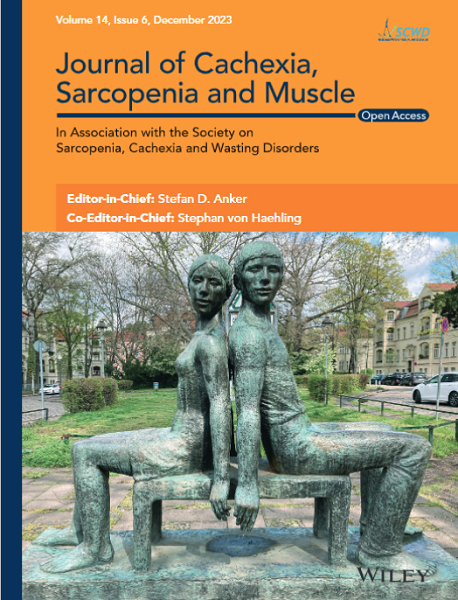Associations Between Exercise Training, Physical Activity, Sedentary Behaviour and Mortality: An Umbrella Review of Meta-Analyses
Abstract
Background
Numerous studies support the association of exercise training, physical activity (PA) and sedentary behaviour (SB) with both mortality and morbidity outcomes. The results across studies have been inconsistent, and no umbrella reviews have yet been conducted on this topic.
Methods
We conducted an umbrella review of meta-analyses of observational studies by screening articles in PubMed/MEDLINE, EMBASE and Web of Science databases from inception to 30 April 2024. Quality appraisal of each included meta-analysis was done using the AMSTAR 2 tool, with evidence certainty evaluated based on statistical significance, study size, heterogeneity, small-study effects, prediction intervals (PI) and potential biases.
Results
Frothy-eight meta-analyses were included (AMSTAR 2 ratings: high 25, moderate 10, low 2 and critically low 11). No evidence was highly suggestive or convincing. Suggestive evidence linked any PA and SB to lower and higher risks of all-cause, cardiovascular and cancer mortality. Suggestive evidence indicated a significant association between self-reported and device-measured total PA (equivalent odds ratio [eOR] 0.78 [0.70–0.86] and eHR = 0.50 [0.38–0.65], respectively), self-reported leisure time PA (eHR = 0.73 [0.66–0.80]), device-measured daily steps (eHR = 0.44 [0.35–0.56]) and aerobic plus resistance training (eHR = 0.60 [0.56–0.64]) with lower all-cause mortality. Weak evidence supported links between self-reported and device-measured SB and higher mortality (eHR = 1.3 [1.22–1.38] and eHR = 2.16 [1.09–4.28], respectively). Suggestive evidence was noted for the association between self-reported leisure time PA (eHR = 0.74 [0.69–0.80]) and resistance training (eHR = 0.82 [0.81–0.84]) with cardiovascular mortality. Suggestive evidence was also found for the association between self-reported leisure time PA (eHR = 0.87 [0.83–0.91]) with cancer mortality. Associations between self-reported running time and mortality from all causes, cardiovascular diseases (CVD) and cancer did not reach statistical significance nor did the association between low skeletal muscle mass and all-cause mortality. Meta-regression analyses showed that physical activity reduces mortality risk, with age reducing the protective effects against all-cause, CVD and cancer mortality. We also found that combined exercise training (aerobic plus resistance) most effectively reduces all-cause and CVD mortality.
Conclusions
Converging evidence supports that physical activity and sedentary behaviour are associated with lower and higher rates of all-cause, cardiovascular and cancer mortality. More high-quality prospective studies are needed for a better understanding of the associations between running time and also TV-viewing time and health-related outcomes.


 求助内容:
求助内容: 应助结果提醒方式:
应助结果提醒方式:


